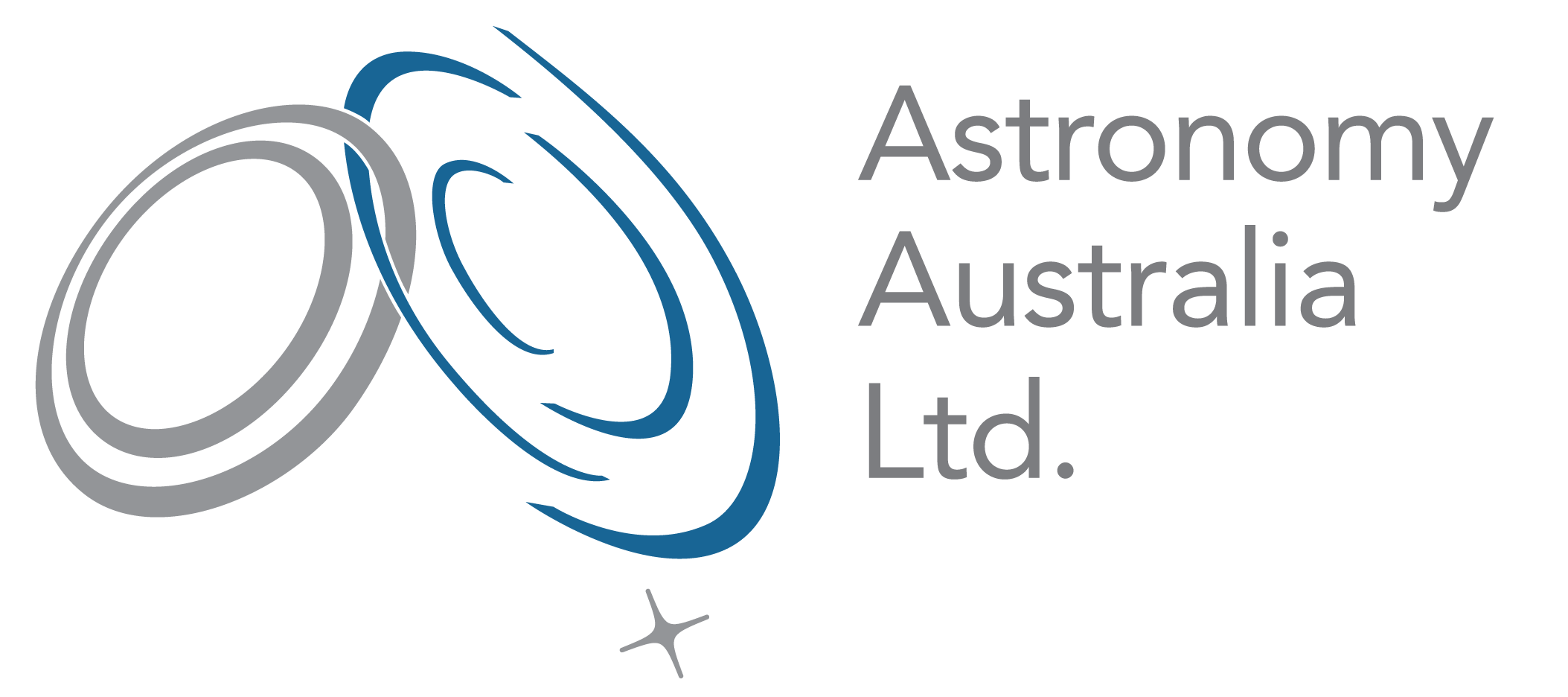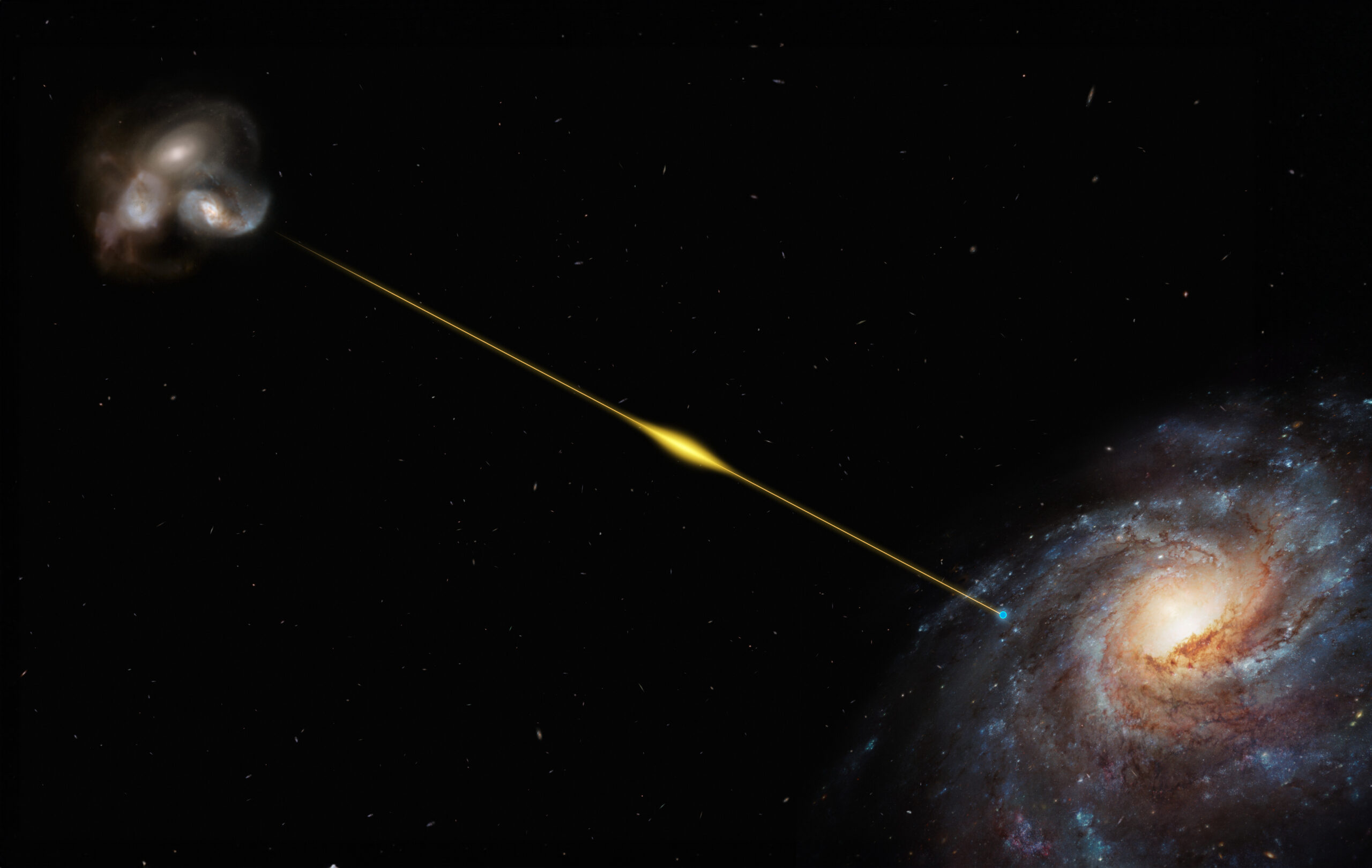Since the beginning of the Australia – European Southern Observatory (ESO) Strategic Partnership in 2017, AAL has overseen activities and stakeholder communications to ensure Australian-based astronomers get the most out of their ESO access.
AAL continued these activities in 2023/24, including tracking the tangible benefits emerging from the current Partnership agreement. AAL’s ESOStats database contains a record of all ESO proposals and publications since Period 101 with one or more Australian investigators/authors. Following a recent upgrade by Astralis-Macquarie’s Data Central, the database allows easy searching of proposals and publications, and has streamlined the reporting to Australian stakeholders including the addition of numerous plots.
There are currently two NASA Astrophysics Data System (ADS) Libraries that can be accessed from the Statistics page of AAL’s ESO Forum:
As of mid-Oct 2024, the first list contains 69 papers, of which almost 15% are published in the most prestigious journals Nature and Science. The second list contains over 1100 papers, about half of which have been published since the start of Australia’s Strategic Partnership with ESO in mid-2017.
AAL routinely collates other data (via annual surveys) from Australian ESO Principal Investigators, providing complementary information to that collected by the ESO Users Committee.
In terms of providing support for the Australian ESO user community, AAL facilitates an exchange of information via the Australian ESO Forum hosted on the AAL website.
Highlights of the Strategic Partnership
Record-breaking fast radio burst discovery highlights synergies between ESO and SKA
A global team led by Macquarie University’s Dr Stuart Ryder and Swinburne University of Technology’s Associate Professor Ryan Shannon has discovered the most distant fast radio burst ever detected, and one of the most energetic. The team determined its location and distance from Earth by using a combination of the world’s best optical and radio telescopes – the ESO Very Large Telescope (VLT) in Chile, and the Australian Square Kilometre Array (SKA) Pathfinder radio telescope – a precursor instrument operated by CSIRO known as ASKAP.
For the full story, please see the media release on AAL’s news blog.


